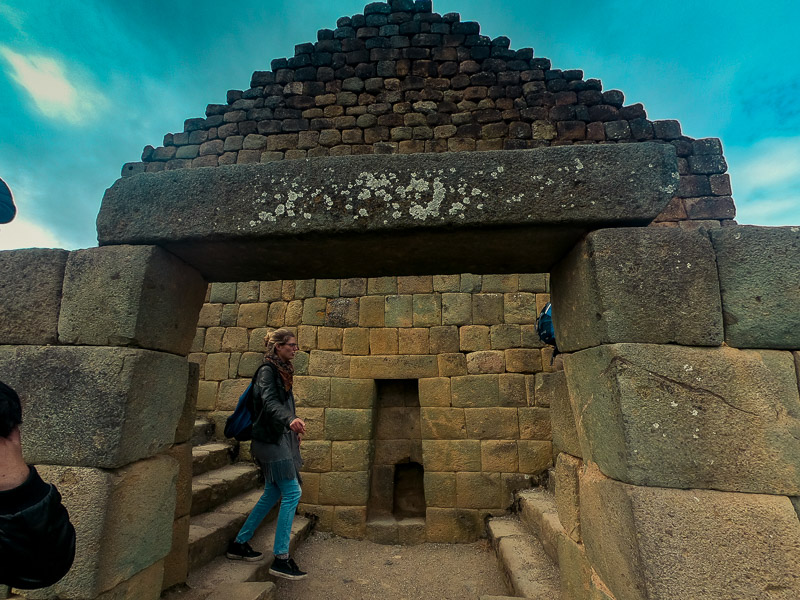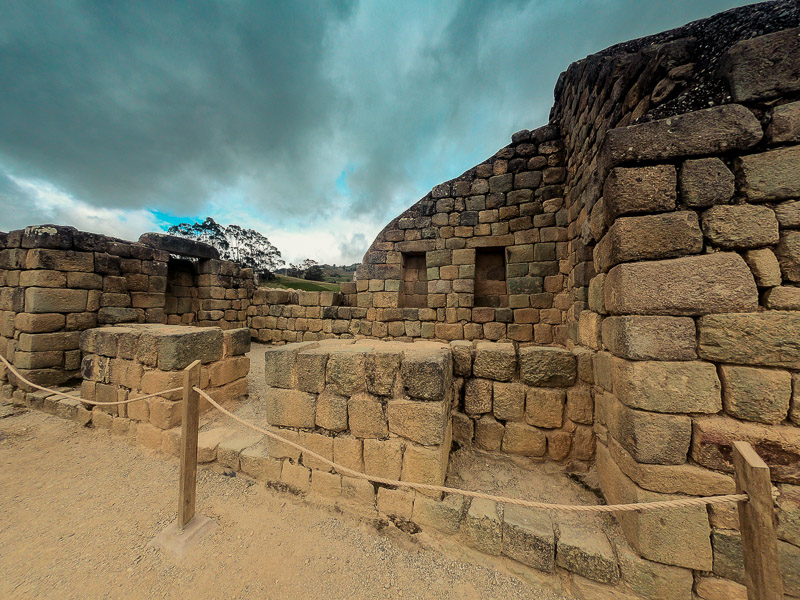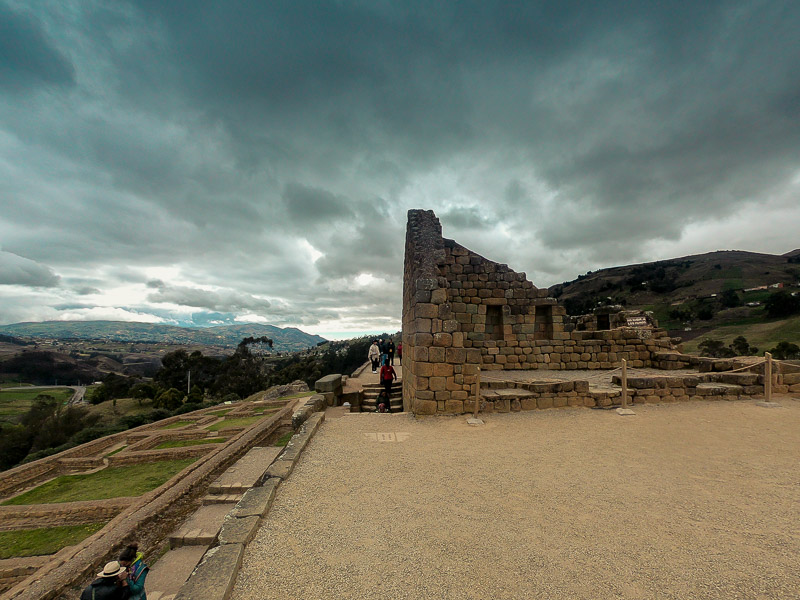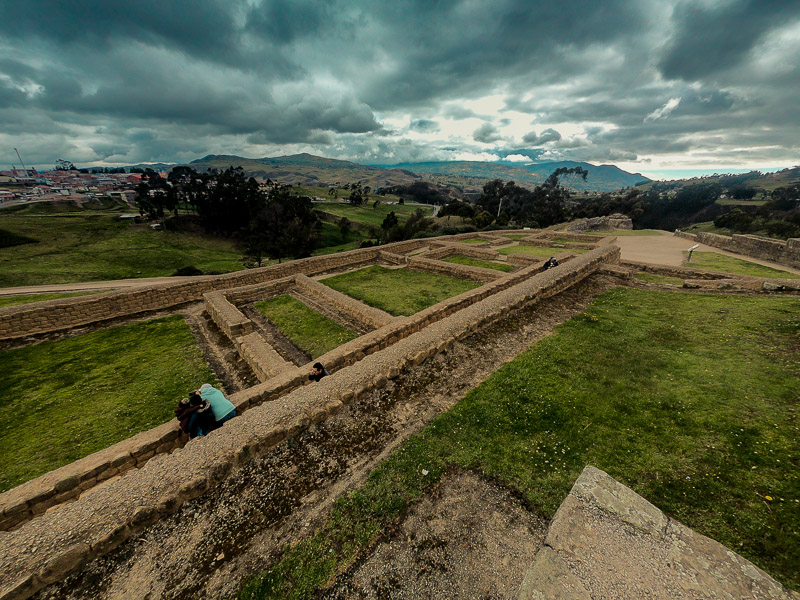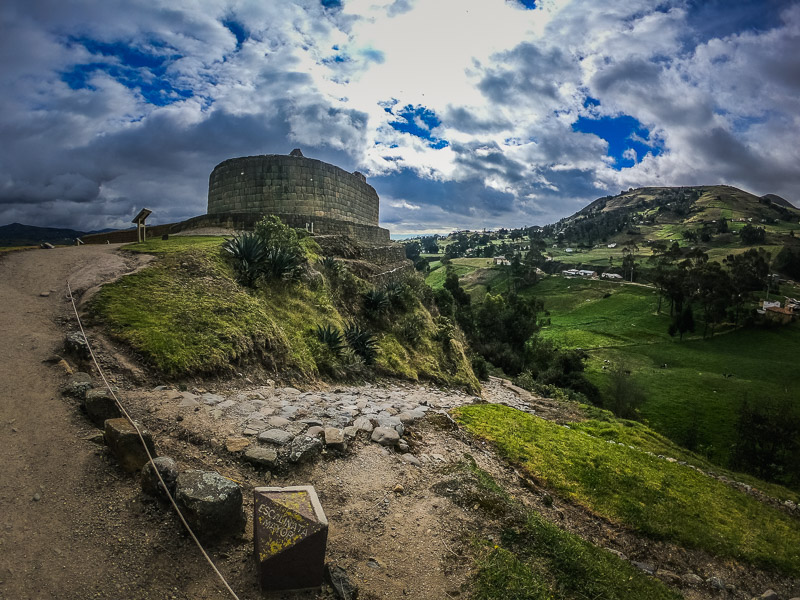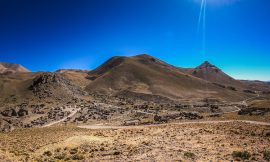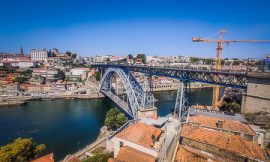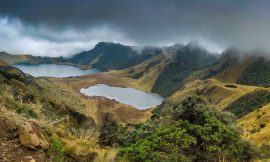Located only 1-hour 30-minutes from the red-roofed city of Cuenca, Ingapirca (Quechua for Inca Wall) is a well preserved archaeological site without the crowds. We made our way there from Alausi which was a 2-hour 30-minute drive away. Entrance is only 2 USD1 and includes a 1-hour guided tour which leaves every 30 minutes. The ticket office has a comfortable waiting area and information panels to take a look at while waiting for the next guide. The site entrance is at the other end of the ticket office and is the meeting point for the tour. The paths to follow are clearly marked and you aren’t allowed to cross the rope into the green areas. The first stop on the guided tour is at some circular holes in the ground. These are Cañari ruins and served as storage units for the grains that they harvested. The structure behind it was a Cañari temple used by high ranking members of society. There is a hut that is a replica of what a Cañari house would have looked like. The semi-circular grassland was built in platforms to create a more stable terrain to grow grains. The Templo del Sol was the main temple but also served as a viewpoint to control the plantation.
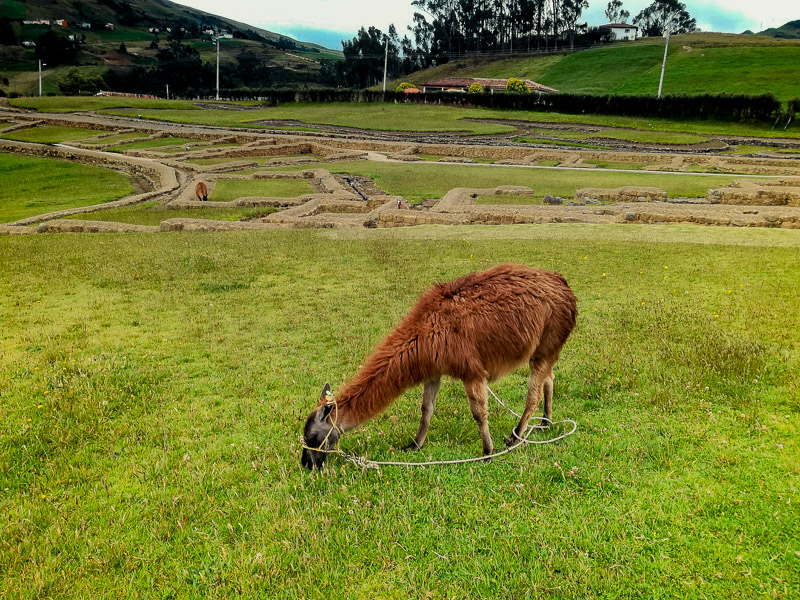

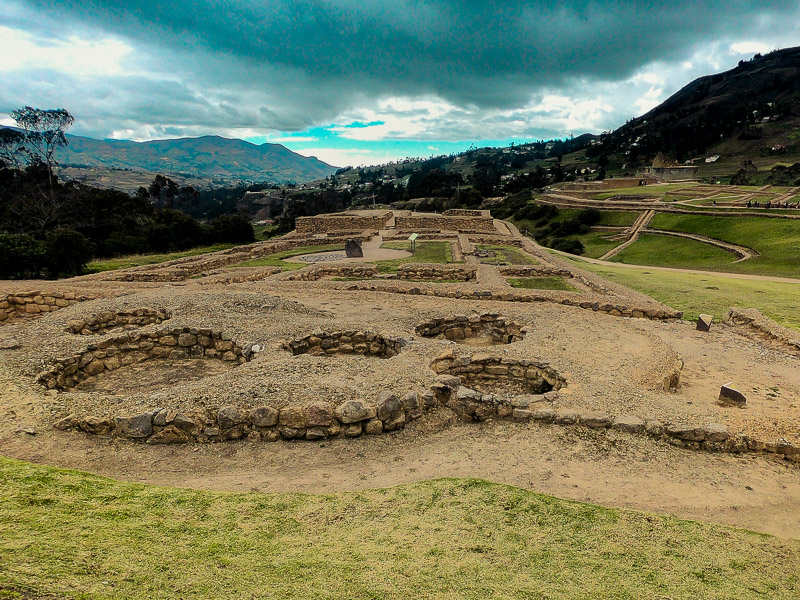

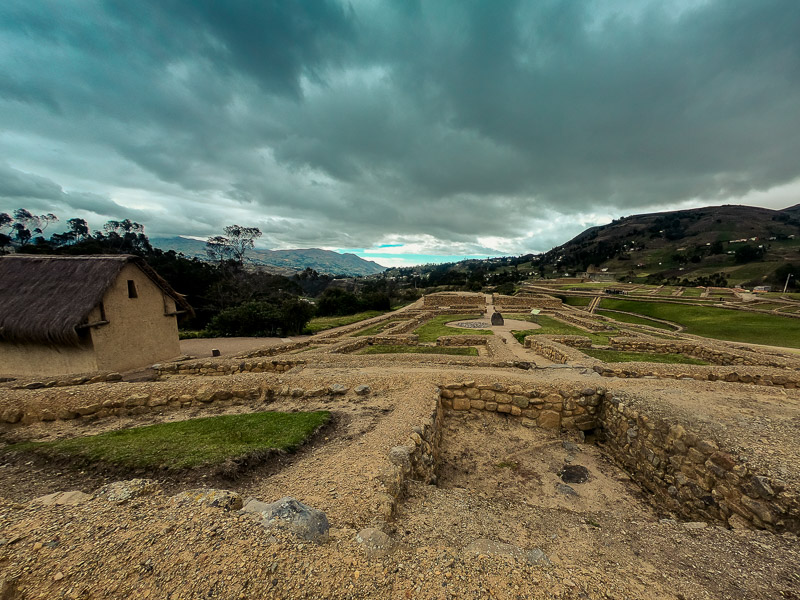

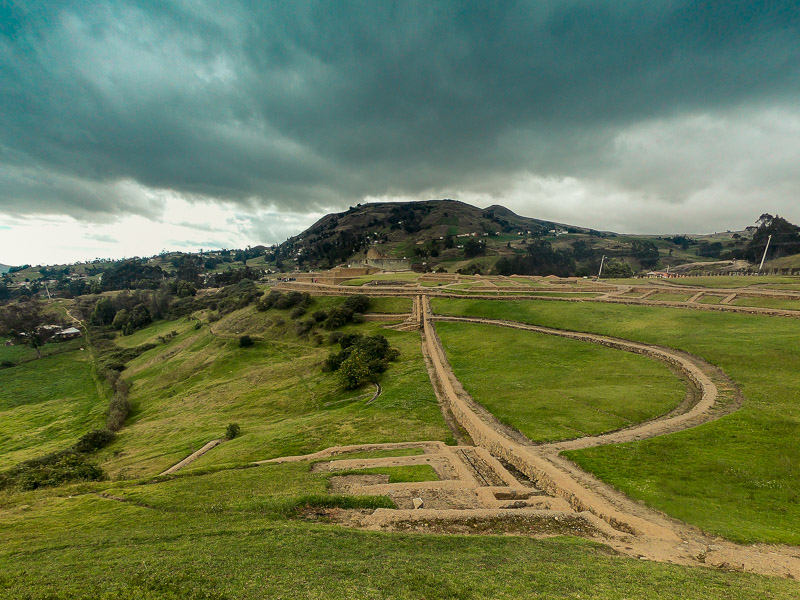

At the next stop, the guide shows the group some stones that were used to grind the grains which were then fermented to make Chicha; a beverage used in ceremonies. The Inca have 4 main Raymi (gods) and each has a ceremonial ritual associated with agricultural phases. These ceremonies occur when the seed is planted, when the shoots surface, when the plant blooms, and the harvesting of the crops which is the well known Inti Raymi and still celebrated today. After the fall of the Incas, the Catholic priests owned the land and began to take the stones from Ingapirca to use as the foundation in the construction of their churches. Seeing this, the locals began to do the same to use in their homes. In 1966, Ingapirca was declared a national heritage site and in 1970, archaeologists began realizing campaigns to recover the Incan stonework from the neighboring towns. The stones which were recovered have been returned to the site which can be seen lined up next to the Templo del Sol.
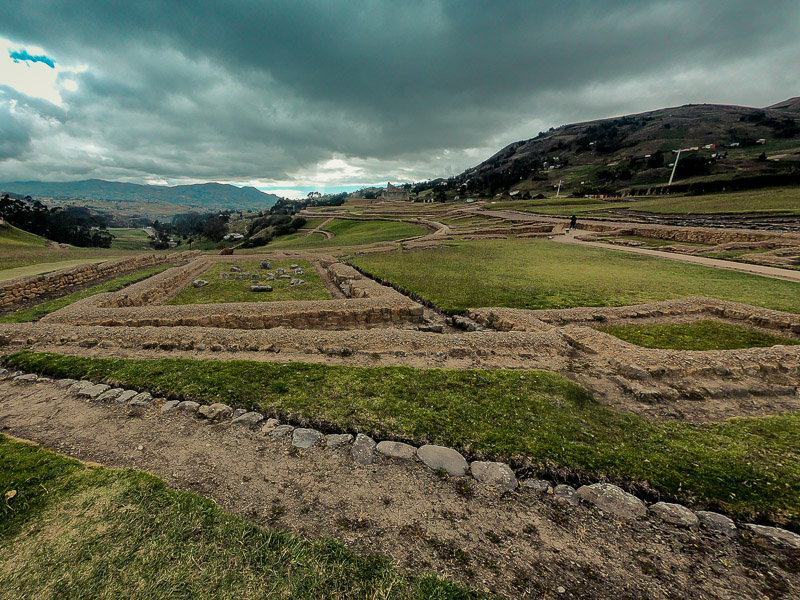

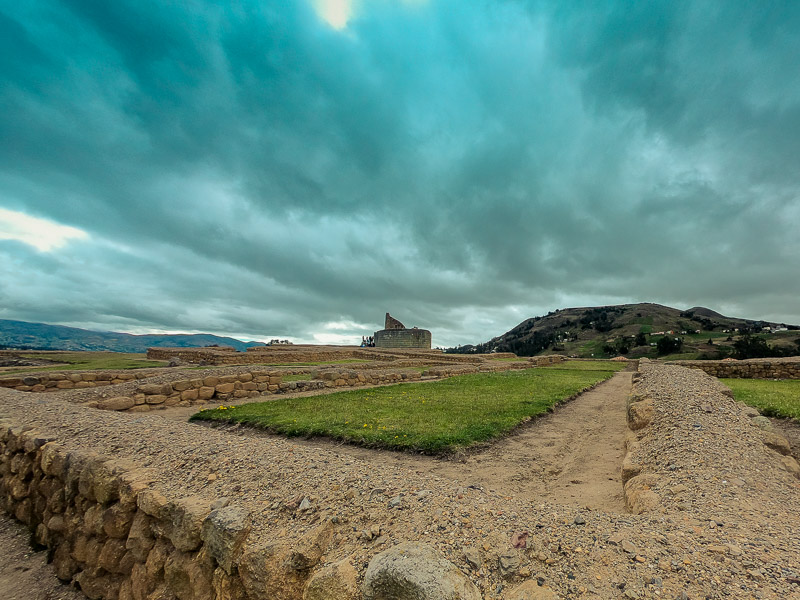

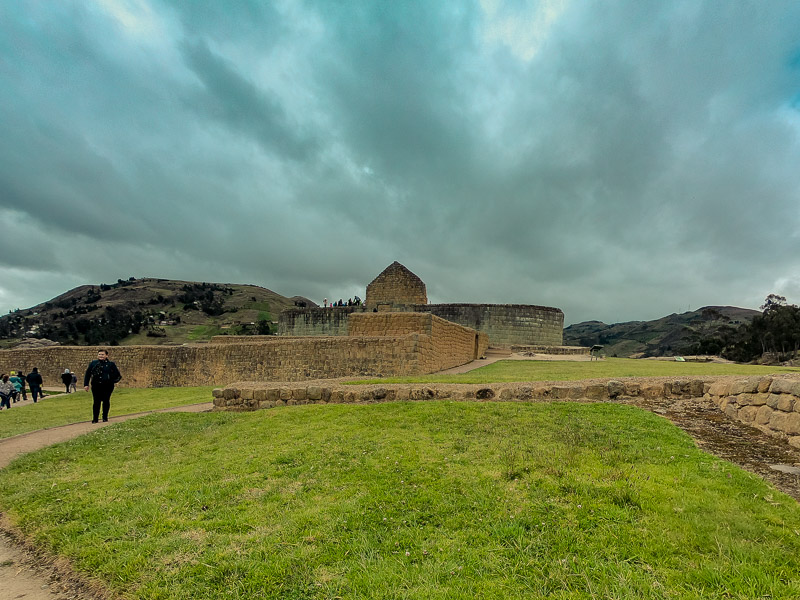

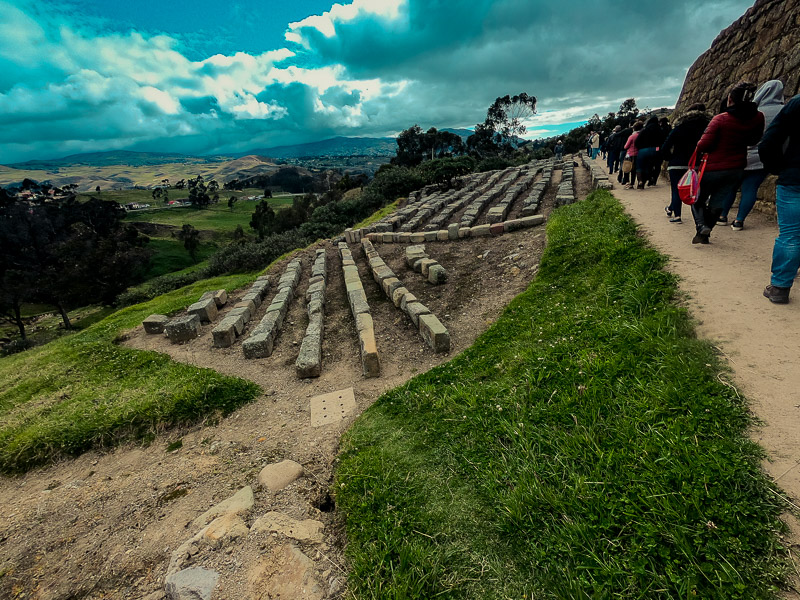

The Templo del Sol was were the ‘Virgins of the Sun’ carried out their work for ceremonial rituals to worship the Sun. These included making the Incan drink ‘Chicha’ and textiles for high ranking members of society. The ‘Virgins of the Sun’ were also sacrificed but only when there was a natural phenomenon like a volcanic eruption or eclipse. The human sacrifice ritual wasn’t as cruel as what is shown in movies. They were given an overdose of a hallucinogen. After they died, they were given a ceremonial burial and then taken to the highest mountain peaks. The Incas believed that the mountain tops had the highest connection with the Sun god. So they offered the human sacrifice from there pleading the Sun god to stop the natural phenomenon. Animal sacrifices were common and were performed in accordance with the agricultural calendar to ask for a good harvest. The Templo del Sol is the only Incan temple that takes an oval shape and is 37 meters long and 12.5 meters wide. Its form is due to Cañari influence since all Cañari structures are circular. The Cañari originally had a ceremonial stone which is now within the center of the temple that they used for astronomical observations. When the Inca came, they constructed over this and directly above this rock, they built two chambers; one facing east and the other facing west to enable morning and evening ceremonies. These two chambers served as altars where they displayed their gold idols representing their gods.
